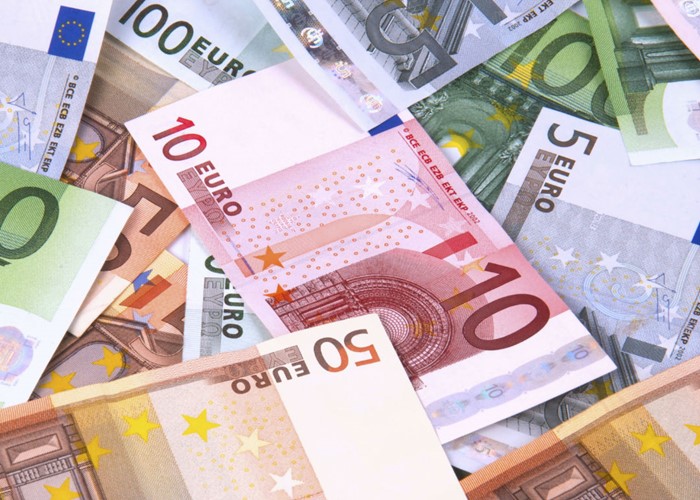
Which European nation boasts the dirtiest national currency?
New tests by Oxford University scientists have confirmed what many of us have long feared – cash is dirty, disgusting and riddled with bacteria.
The research found that European bank notes on average contain over 26,000 bacteria. Things are much better with newer, fresher notes and coins, with just 2,400 bacteria found on them.
Perhaps it’s no surprise, given a study by MasterCard found that a whopping 57% of us felt that bank notes and coins were the least hygienic item we come into contact with on a daily basis. The survey asked people across 15 different European nations, and in each and every one cash was considered the least hygienic item of all!
The dirtiest currency in Europe
So which nation boasts the dirtiest currency of all? 15 countries in total were surveyed, though a number of these use the euro. Here’s how the different currencies performed.
|
Currency |
Number of bacteria found on national currency |
|
Krone (Denmark) |
40,266 |
|
Franc (Switzerland) |
32,400 |
|
Ruble (Russia) |
30,000 |
|
Zloty (Poland) |
25,700 |
|
Sterling (UK) |
18,200 |
|
Krone (Norway) |
11,733 |
|
Euro |
11,066 |
[SPOTLIGHT]Not great news for the Danes. Relatively speaking the pound does pretty well, comfortably below the European average of 26,000 bacteria.
How serious is this?
According to Ian Thompson, professor of engineering science at Oxford University, 26,000 bacteria is more than enough to pass on an infection. Previous studies have found bank notes have been contaminated with unpleasant bacteria like Klebsiella (which causes respiratory, urinary and wound infections) and Enterobacter species, which can cause disease.
He has now called for a wider study tracking the spread of strains of bacteria which are resistant to antibiotics through the global movement of bank notes.
What do you think? How dirty do you think the money you handle is? Which is the dirtiest currency you’ve ever touched? Let us know your thoughts in the Comment box below.